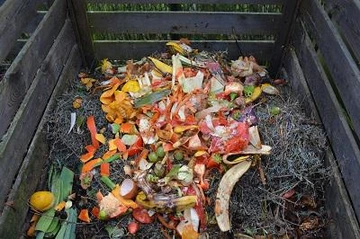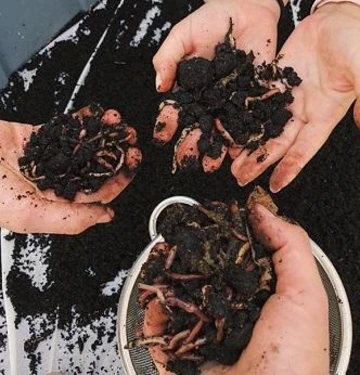Compost is the single best supplement you can give your garden soil. With compost, you are creating rich humus for your garden, adding nutrient for your plants and helping to retain moisture in your soil. All the while, reducing waste, saving money and creating a healthier garden.
Composting is a natural process by which soil organisms convert raw organic materials into a nutrient rich mulch, which can be used in many ways and for many purposes. The process is easy. Soil organisms are doing most of the work, as long as we provide the three basic necessities of life.
Jump To:
Getting Started
To start, you will need compost materials (food for organisms). This would be things like sawdust, leaves, table scraps, livestock manure (cow, sheep, chickens etc.), old hay (not Bermuda), and so on. Avoid materials like bacon grease, diseased plants, clippings with herbicide residue, wood ashes, or persistent weeds like Bermuda grass or bindweed.
Second, air is essential to the organisms responsible for decomposition. This greatly influences the temperature of the compost and the length of time required for composting to finish.
Last, water is also essential to life support. Moisture levels influence the organisms’ ability to digest organic materials and multiply. If compost is too wet, it can simply rot. If it is too dry, the organisms will slow down, slowing the entire process. If it is way too dry, nothing happens at all.
Compost Methods
Worms
Using Compost
Compost can be used as a mulch around plants or blended into soil, including garden beds or containers. It can also be made into a “tea”, which is then used to water plants. There are about as many variations on making and using compost, as there are people doing it. No matter which approach you choose, compost will make your plants stand up and say howdy!



